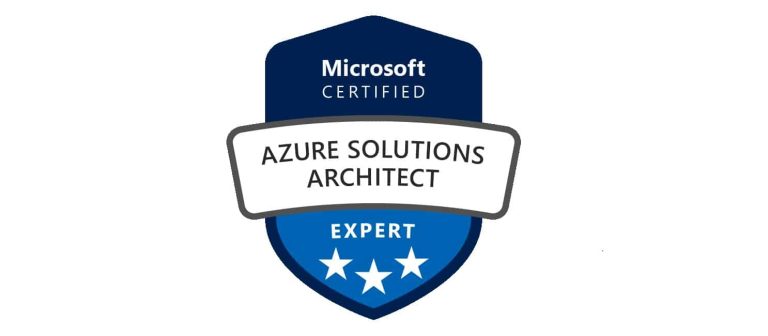One of the most extensively utilized pricing models in digital advertising and marketing is known as cost per mille/thousand, or CPM for short. This term refers to the amount of money that an advertiser pays for each thousand times that their advertisement is displayed.
An impression means an ad was loaded and displayed, even if no one clicks on it. This model provides advertisers and publishers a useful metric to calculate the value of an ad or advertising inventory.
Understanding CPM metrics provides critical knowledge for students studying advertising, marketing or business.
However, grasping the nuances of CPM math, including algebra, geometry and related assignments can prove challenging, in this case students can search online for CPM HW answers, CPM homework help and expert assignment assistance on this foundational topic.
Resources like this article aim to provide complete guides and support to fully comprehend the topic.
Understanding CPM
Cost per mille represents the cost to run 1000 ad impressions. If a website publisher charges $5 CPM, that means an advertiser will pay $5 for every 1000 displays of their ad ($0.005 per impression). Even if no visitors click the ads.
CPM pricing gives financial value to the audience and visibility being provided by the ad space. It reflects the supply and demand for digital advertising real estate. Top publishers with highly valuable readers can demand higher rates. While less popular sites with smaller reach will have lower ones.
Benefits of CPM Model
There are several advantages to this model of advertising for both publishers and advertisers:
- Publishers get paid based on ad impressions, regardless of clicks or conversions. This provides guaranteed income to support operating costs.
- Advertisers can control costs upfront since it represents a fixed rate. There are no surprises from lots of unpredictable clicks.
- It lets advertisers estimate the potential reach for their budgets. $1,000 at a $10 CPM buys around 100,000 impressions.
- The simplicity of the model billing and metrics makes it easy to optimize and scale campaigns.
How CPM Ad Pricing Works
Many factors determine the rate charged by publishers or platforms:
| Audience | Sites with more valuable users in terms of demographics, interests, and buying intent can ask higher rates. Niche sites also usually have elevated CPMs given their targeted reach. |
|---|---|
| Engagement Metrics | Key metrics like click-through rates, time on site, pages per visit indicate how engaged visitors are. Higher user engagement drives increased rates. |
| Ad Position | Premium ad spaces like home page banners, top sidebars, and pop-unders attract the most visibility. Hence publishers can demand significantly higher pricing. |
| Ad Size | Large format display ads gain more attention than small text links. A 300×600 banner ad will have a greater cost than a 125×125 button ad. |
| Competition | Digital advertising space operates on an auction-based model. More advertiser demand competing to buy impressions raises pricing. Seasonality also impacts prices during high volume holiday periods. |
In terms of calculating cost, the formula is simply:
Campaign Spend ÷ Impressions Delivered x 1000
For example, let’s calculate the CPM cost for a local architecture firm running a digital ad campaign. If the firm spends $1,500 to run ads that generate 500,000 impressions, the CPM would be $3 ($1,500 fee ÷ 500,000 impressions x 1,000).
So every 1,000 views of the firm’s ads would cost them $3 from their total $1,500 budget. Knowing the CPM cost per impression helps architecture marketers determine the value and efficiency of their advertising efforts.
“What determines high or low CPM rates largely boils down to supply and demand dynamics,” says educational expert Alexa Adelle Berry from Studybay.
“Premium publishers with targeted, quality audiences in great demand can ask for and get very high rates from advertisers. Conversely, sites with less competitive inventory end up selling via lower cost networks at CPMs under $1 even.”
CPM vs CPC vs CPA Pricing Models
Cost per mille is just one of several common pricing models used in digital marketing. Others include:
CPC (Cost Per Click) – Advertisers are charged based on clicks received, typically a fixed rate for every click. CPC is used often in search engine advertising.
CPA (Cost Per Acquisition/Action) – Also known as pay per performance, fees are only due when a desired conversion action occurs from the ad. This could be a signup, app install, online purchase, etc. CPA directly ties ad costs to ROI.
Determining which pricing model – CPM, CPC or CPA – makes the most sense depends on multiple aspects around campaign goals, targeting, budgets and more.
CPM advertising better supports broad awareness and exposure given it’s based on impressions, not response. CPC and CPA pricing work for more direct-response and conversion focused objectives. Marketers often use a mix of CPM and performance models to achieve balanced outcomes across the purchase funnel.
How Advertisers Optimize CPM Campaigns
The primary goal with this advertising is to control the cost of campaigns while maximizing reach and visibility. Advertisers use various strategies to maintain efficient CPM rates:
- Bid Management – Actively adjusting bids on ad exchanges letting advertisers cap rates. Reducing bids lowers costs but can also decrease impressions served.
- Frequency Capping – Limits how often the same user sees an ad over a period, improving campaign freshness. Prevents wasted spend showing ads to people who may have already seen or engaged with the message.
- Contextual Targeting – Placing ads on sites and pages relevant to the offer helps increase engagement rates. Improved CTR and conversion metrics lead to better efficiency.
- Audience Targeting – Targeting ads by demographics, interests, behaviors and more allows advertisers to zero in on the highest quality users. They gain more value from reaching these niche segments despite higher CPMs.
- Creative Testing – Continuously producing and assessing different ad sizes, designs, captions and calls-to-action boosts engagement. By optimizing creative assets over time, advertisers get better results from ad placements.
By mastering the complexities of cost per mille advertising, marketers are able to control costs while simultaneously improving the effectiveness of their campaigns. This includes creating creative optimizations and smart bidding strategies.
Conclusion
The cost per mille method offers a straightforward approach to the planning, purchasing, and measuring of advertising campaigns for brands based on the cost to reach one thousand viewers.
To be successful in CPM advertising, which may appear to be straightforward at first glance, one must have the experience and flexibility to adjust each and every lever that is available, including bids, targeting, frequency capping, and creative, in order to achieve an effective cost per impression.
CPM advertising, when carried out properly, enables limitless opportunities to showcase messages to highly qualified audiences at a cost that is affordable.









